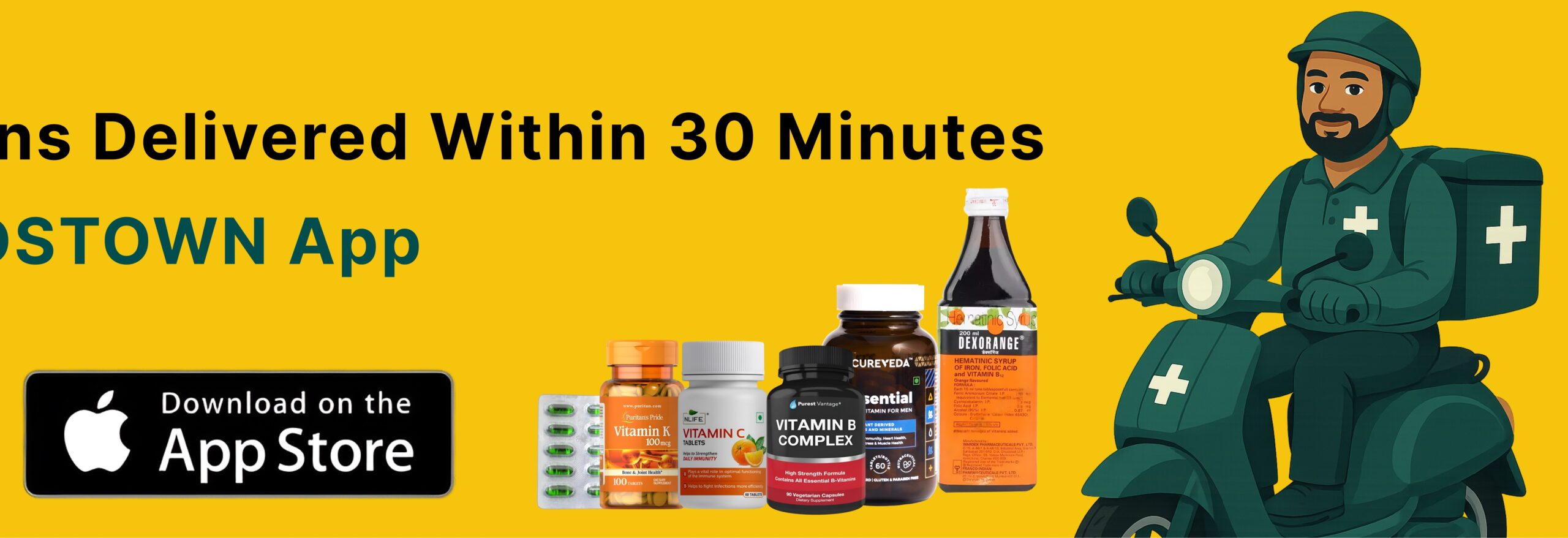India’s quick commerce market is undergoing disruption in big ways! According to a Morgan Stanley report, the sector is all set to boost exponentially
To touch a humongous $57 billion by 2030.Even more exciting is the growth of this market in cities outside the metros, indicating an all-India change in consumer behavior.

There was a time when quick commerce was a fancy word for the city crowd. But currently, platforms such as Blinkit and Zepto are expanding into smaller towns, changing consumption patterns and logistical landscapes. What, therefore, is the quick expansion about? And how are the major players vying for market share in India? Let’s explore the trends, issues, and future projections of this fast-growing industry.
The Meteoric Rise of Quick Commerce in India
Explosive Market Growth
The quick commerce market size in India saw unprecedented growth following consumer behavioral changes post-pandemic. The consumers expect delivery of groceries, electronics, and even pharmaceuticals within 10-30 minutes! This very shift has made quick commerce a mainstream service rather than a niche one.
- The Morgan Stanley report states the sector population to be around $3 billion in 2023, growing with a CAGR ranging between 45-50% to $57 billion by 2030.
- Beyond metros, cities like Jaipur, Lucknow, and Coimbatore are emerging as high growth markets.
Key Players Dominating the Market
Two heavyweights, Blinkit and Zepto, are spearheading growth by ramping up expansions aggressively.
1. Blinkit market share India: Popular for being a 10-minute delivery platform, Blinkit has grown to over 25 cities, utilizing Zomato’s logistics network.
2. Zepto market share India: Putting an emphasis on dark stores and AI-powered inventory management systems, Zepto has achieved rapid ascendance in over 15 cities, enjoying heavy investor attention.
Other fish in the pond, such as Swiggy Instamart and BigBasket BB Now, are chipping in, creating one of India’s most vibrant sectors.
Factors Driving Quick Commerce Growth in India
1. Expanding Beyond Metros
Although metros like Delhi, Mumbai, and Bangalore took the lead at first, Tier 2 and Tier 3 cities are now growing quickly for quick commerce in India. Increasing internet penetration, cheap smartphones, and rising disposable incomes have given rise to the quick commerce opportunity for smaller towns.
2. Changing Consumer Behavior
The modern shopper wants speed and convenience. That need for instant gratification has made quick commerce India sit along with traditional retail and e-commerce.
3. Technological Advancements
AI demand forecasting, hyper-local warehouses (dark stores), plus optimized delivery routes-all spell record-breaking fulfilment times.
4. Investor Confidence
Morgan Stanley and several other global investors are tossing in their money behind the quick commerce potential in India and with so much capital flowing in, the pace of innovation and expansion sees a surge.
Challenges Ahead
Despite positive projections, the industry is confronted with barriers:
- High Operational Costs: The maintenance of dark stores and last-mile delivery networks is a costly affair.
- Logistics for Smaller Cities: Tier 2/3 cities do not have dense delivery infrastructure like metros.
- Profitability Concerns: Most players are yet to turn profitable, relying on heavy discounts and cash burns to acquire customers.
Future Outlook: What’s Next for Quick Commerce in India?
The landscape of India quick commerce in 2030 might have:
- Deeper Regional Penetration: More players entering Tier 3 and Tier 4 markets.
- Diversified Offerings: Quick commerce will grow to include electronics, fashion, and healthcare apart from groceries.
- Sustainable Models: Firms will turn to unit economics for reaching profitability.
Conclusion
The development of quick commerce in India culminates from niche convenience service to mainstream necessity, reshaping the entire mode of shopping. The demand is booming beyond metros with main players like Blinkit and Zepto being aggressive in their expansions; hence the future of India quick commerce 2030 is bright, fast, and full of potential.
Reference










3 Comments
What’s up, the whole thing is going nicely here and ofcourse every one is sharing facts, that’s
really fine, keep upp writing. http://boyarka-inform.com/